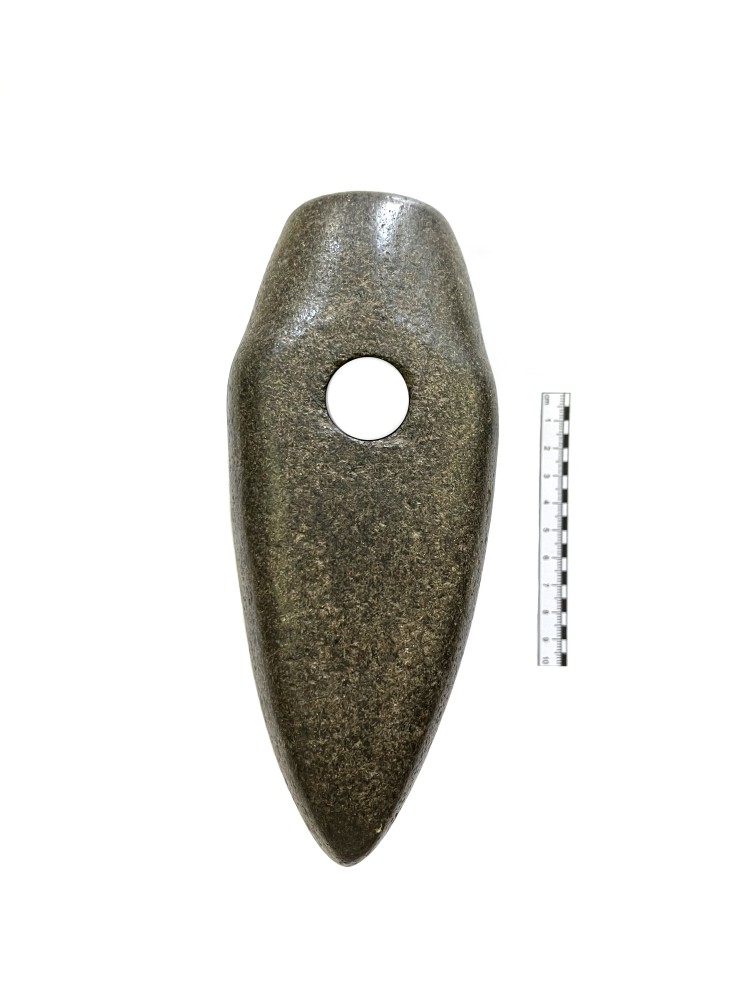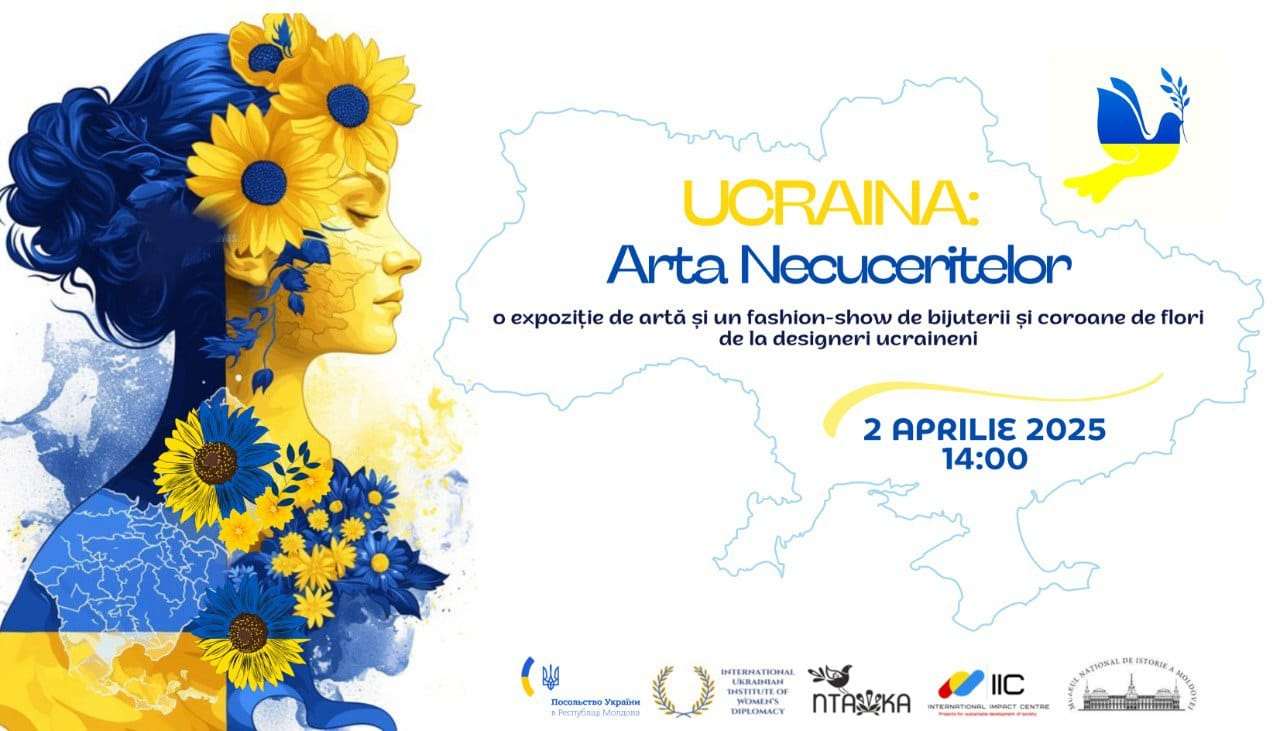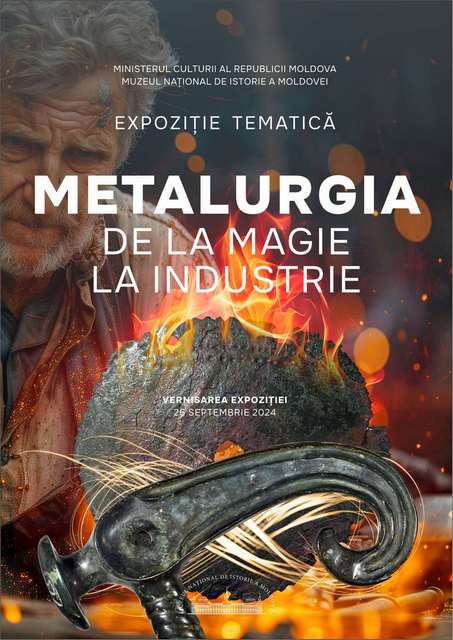  Events Archive Events Archive
Outdoor Exhibition Opening “Education in Times of Occupation”
February 24, 2025
On February 24, 2025, the National Museum of History of Moldova, in partnership with Amnesty International Moldova, inaugurated the outdoor exhibition "Education in Times of Occupation", dedicated to documenting war crimes and the devastating impact of Russian aggression on Ukrainian civilians. The event marked three years since the start of the full-scale invasion and a decade of severe human rights violations committed by Russia.
The exhibited photographs captured the harsh reality of the education system in occupied territories, highlighting the systematic destruction of schools and the immense challenges faced by students and teachers. The images depicted school buildings reduced to rubble by bombings, classrooms turned into ruins, and abandoned textbooks scattered among debris-symbols of the devastating impact of war on education.
Since the beginning of the invasion, more than 3,500 educational institutions in Ukraine have been destroyed or severely damaged, leaving hundreds of thousands of children without access to normal learning conditions. Many students and teachers have been forced to adapt to extreme circumstances: some continued their studies in exile, while others remained under occupation, compelled to follow a Russian-imposed curriculum or teach in schools controlled by occupying forces.
"This exhibition not only documents crimes against education but also serves as a call for awareness and solidarity," stated Dr. habil. Eugen Sava, General Director of the National Museum of History of Moldova.
"Three years after Russia's full-scale invasion, we demand justice, accountability, and reparations, along with meaningful participation in the peace process. These are essential for children threatened for studying online in Ukrainian and for teachers in Russian-occupied territories forced to follow an imposed curriculum. Without an immediate halt to these violations and strong guarantees for justice, a hasty peace agreement will only prolong suffering and ensure impunity for those responsible for severe human rights abuses," declared Veaceslav Tofan, Executive Director of Amnesty International Moldova.
The opening was attended by citizens, activists, and representatives of civil society, who expressed solidarity with the victims of war and signed Amnesty International's petition demanding accountability for crimes against humanity.
Amnesty International Moldova reaffirmed its commitment to monitoring and documenting human rights violations, advocating for truth and justice.
The exhibition is open for visitors until March 10, 2025, on the fence of the National Museum of History of Moldova, Chișinău, 31 August 1989 Street, 121A.
|


























































